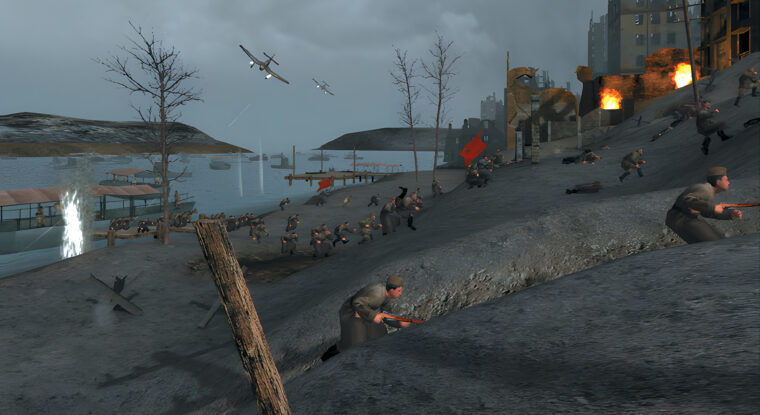
Latest Posts
Virtual World War II Battles
By Eric T. BakerAlthough the real war ended almost 60 years ago, the virtual version of World War II goes on and on. Read more
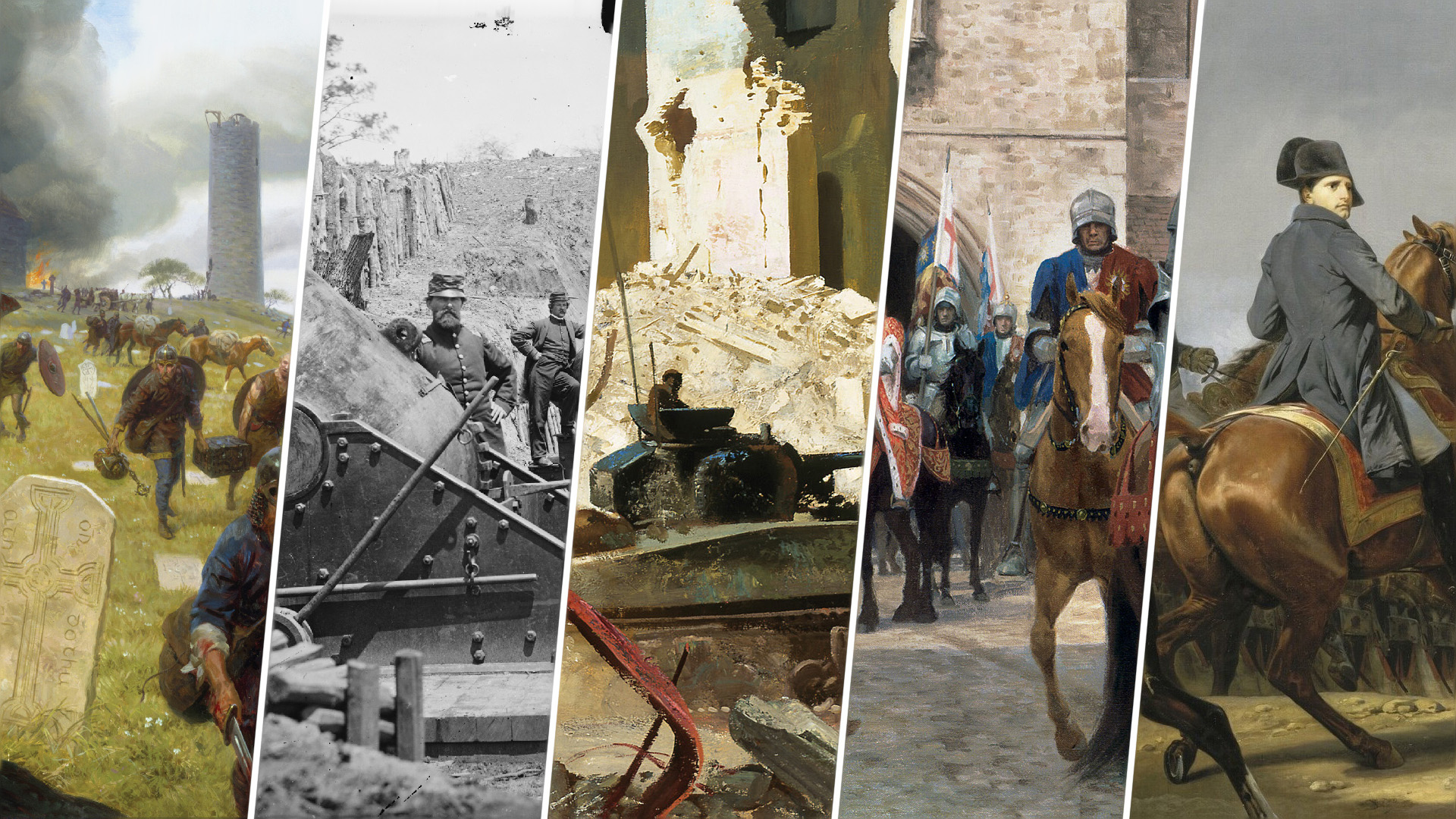

Latest Posts
Although the real war ended almost 60 years ago, the virtual version of World War II goes on and on. Read more
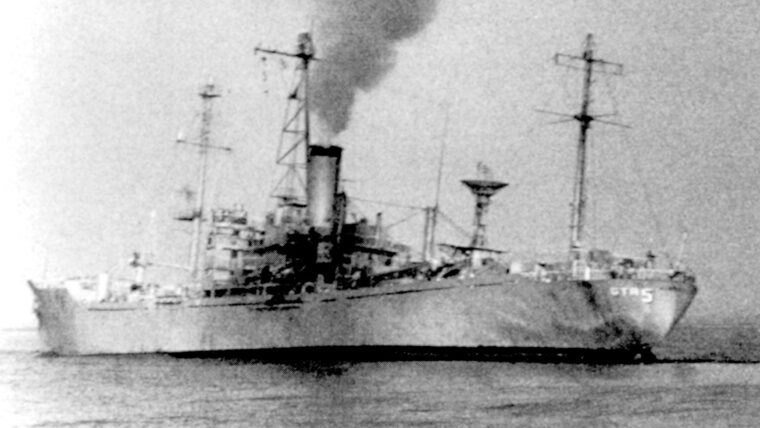
Latest Posts
On June 8, 1967, during the height of the Six-Day War between Israel and its Arab adversaries, the USS Liberty was attacked apparently without warning while in international waters in the eastern Mediterranean. Read more
Latest Posts
Dear Editor:
In an excellent Military Heritage (December 2003) article about the Gatling gun, A.B. Feuer indicates that a Gatling gun was used at the Battle of the Bear Paw from September 30-October 5, 1877. Read more
Latest Posts
John Keegan was lecturing at the Smithsonian Institution in Washington, DC, recently and I had the good fortune to meet him. Read more
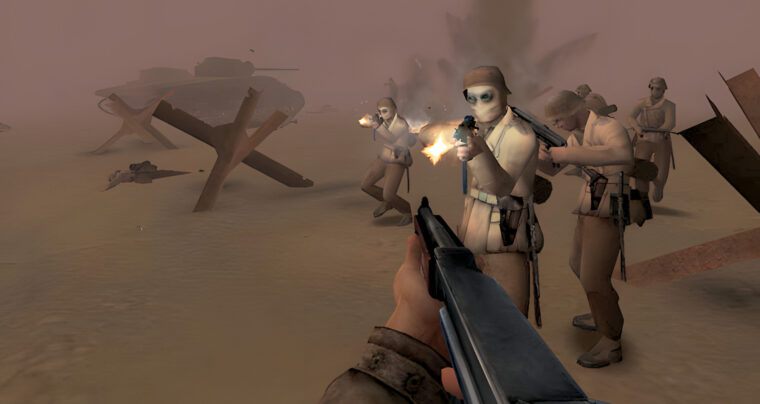
Latest Posts
World War II continues to be very hot on the video game front. Commandos 3: Destination Berlin puts the player in command of an elite unit of Special Forces behind enemy lines in Europe. Read more
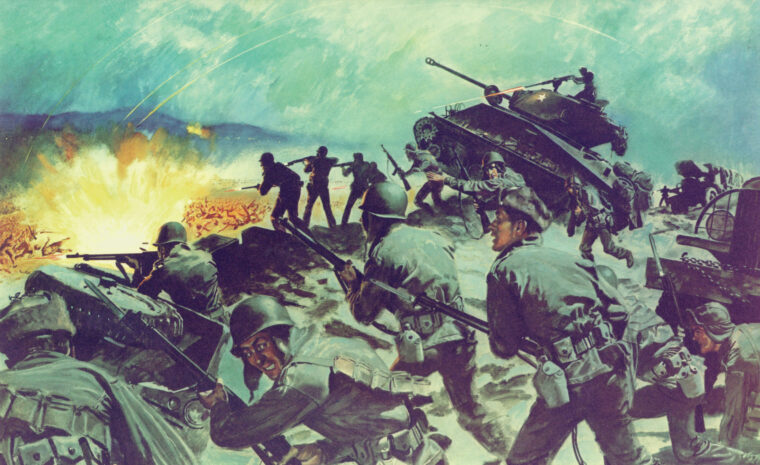
Latest Posts
Success in combat and life and death on the battlefield may often owe to the manpower, materiel, or logistics superiority of one opponent over the other. Read more
Latest Posts
Dear Sir:
Your story in the December 2003 issue was of special interest to me as I was a witness to a part of the event. Read more
Latest Posts
Dear Editor,
I would like to make some corrections to Michael Hull’s otherwise excellent article, “Frank Merrill’s Jungle Trek” (July 2003). Read more
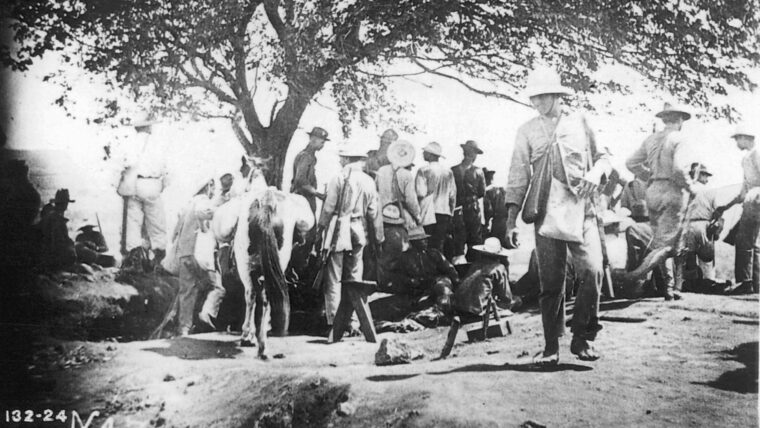
Latest Posts
Sylvanus G. Morley (1883-1948) was considered the most influential and successful archaeologist of the pre-Columbian Maya civilization. Read more
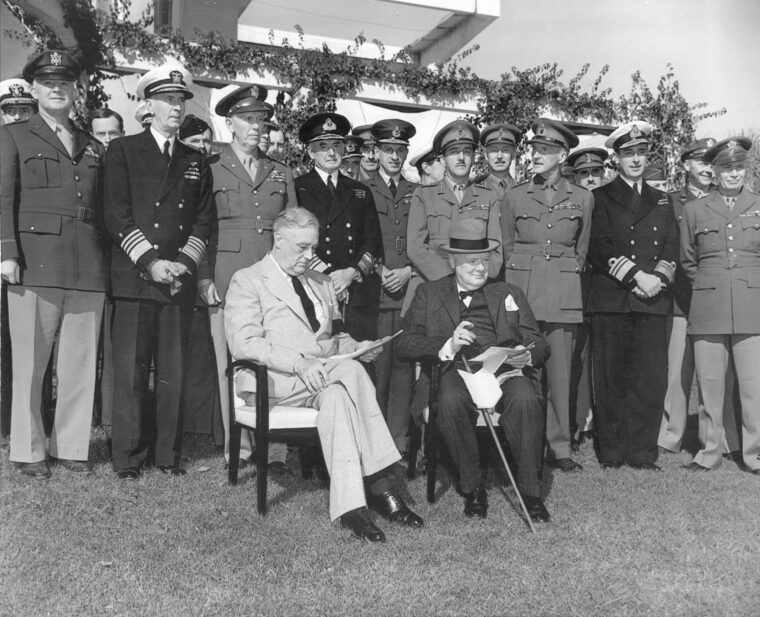
Latest Posts
They were two unlikely looking warriors, yet their fateful friendship and shared leadership ensured the Allied victory in World War II and laid the groundwork for peace. Read more
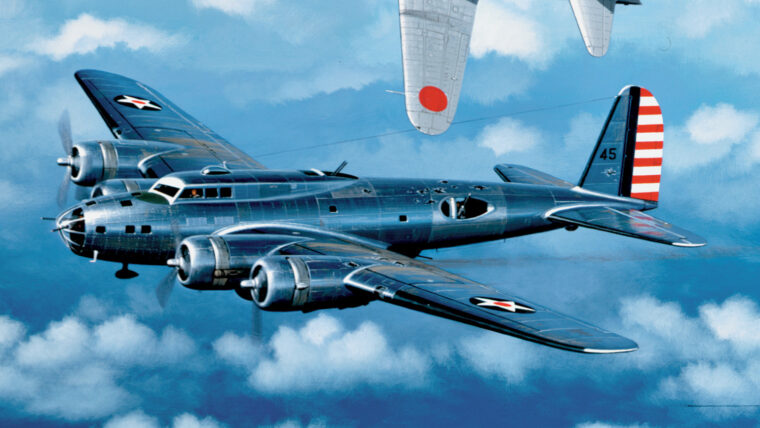
Latest Posts
The days following Pearl Harbor were grim ones for the United States. Headlines screamed of one Japanese victory after another. Read more
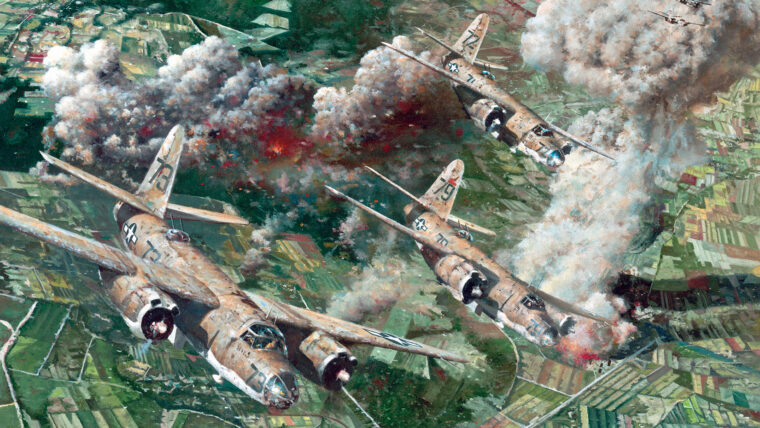
Latest Posts
Of all the better-known Allied aircraft of World War II, the most controversial was Martin’s B-26 Marauder, a twin-engine cigar-shaped medium bomber that was loved by some and hated by many. Read more
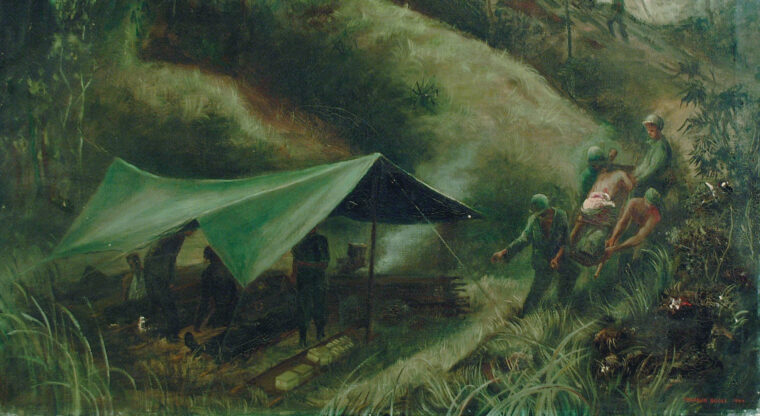
Latest Posts
Lieutenant General Hachiro Tagami, commanding officer of the 36th Division, dubbed the Tiger Division, did not like the news he had received from Imperial Army Headquarters in Tokyo. Read more
Latest Posts
Dear WWII History:
My compliments on your fine article by John Wukovits in the November 2003 issue, “Heroic Fight Against Long Odds,” describing the last battle of the Australian light cruiser HMAS Perth and the American heavy cruiser USS Houston (CA 30). Read more
Latest Posts
The nightmarish vision that the Japanese high command had hoped to forestall with its Special Attack Unit raids on American airbases in the Marianas did, with devastating effect, become reality in the spring of 1945. Read more
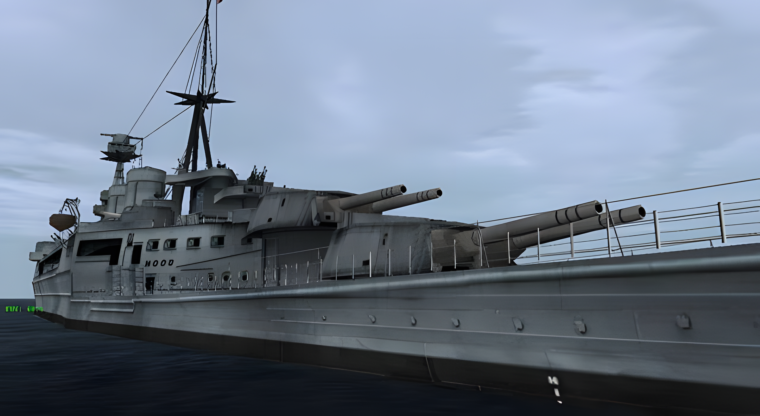
Latest Posts
Avalanche Press has two new games out. The first is Dave Powell’s War of the States: Chickamauga & Chattanooga, the second in the War of the States series. Read more
Latest Posts
Dear Editor:
In your August 2003 issue John Murphy in an article titled “Deus le Veult!” discussed one of the most fascinating military operations in the history of the Crusades—the conquest of Antioch. Read more
Latest Posts
For even so far back as the Iliad, soldiers have felt honor-bound not to abandon the bodies of their comrades on the field of battle. Read more
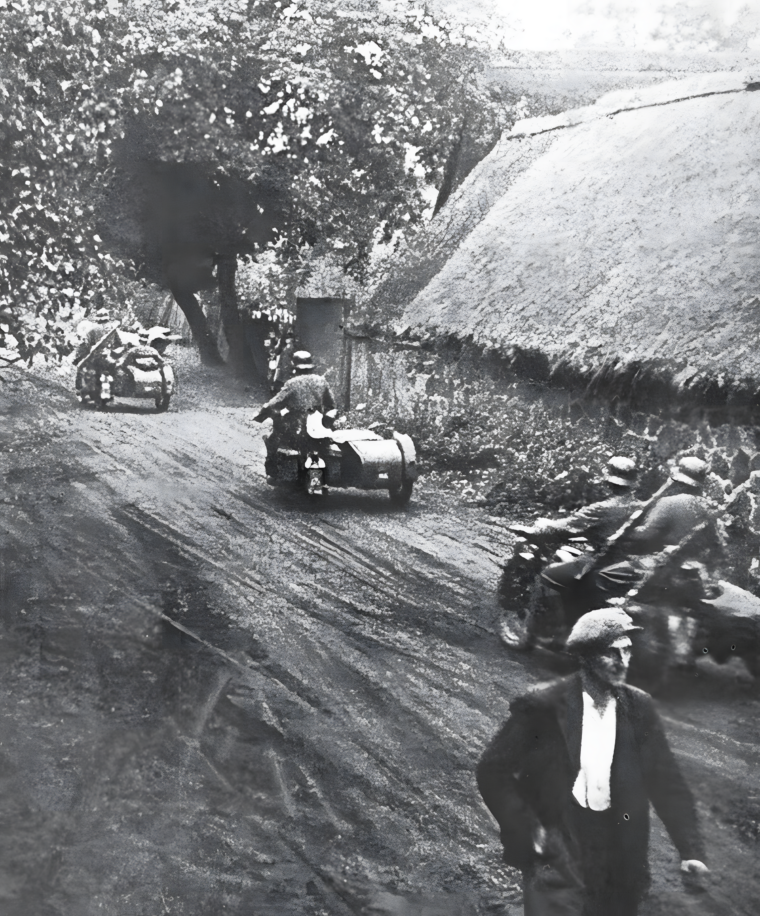
Latest Posts
Between September 1939 and November 1941, the German Army inflicted crushing defeats on Polish, Dutch, Belgian, Norwegian, French, British, and Soviet Armies, achieving in a matter of months what had been impossible during four bloody years of attrition on the Western Front in 1914-18. Read more
Latest Posts
When the skies above Pearl Harbor were stained with the smoke of war on the morning of December 7, 1941, and other U.S. Read more